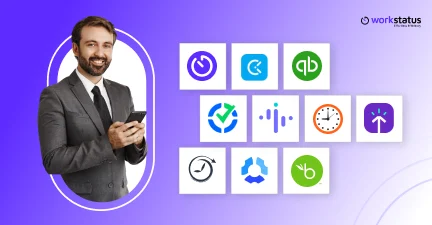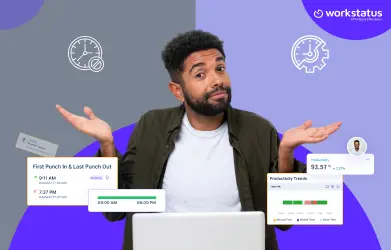Table of Contents
Excessive overtime can drain a business’s resources and hurt its performance. While it may seem like a quick fix to meet deadlines, the long-term consequences can be severe—rising labor costs, burnout, and diminished productivity.
According to FlexJobs’ Spring Work Insights Survey of over 2,600 employed individuals, 42% of workers contemplate quitting their jobs. Over time, the adverse effects pile up, reducing morale and efficiency.
Managing overtime is key to a sustainable, efficient business. It improves employee satisfaction, optimizes resources, and streamlines operations for long-term success. With the right overtime tracker tool, you can definitely achieve it!
This blog will provide actionable tips to reduce overtime costs, labor cost reduction, and create a healthier work environment.
Let’s get into it!
How Overtime Affects Business Profitability?
Overtime can often appear to be a fast and efficient way of dealing with challenges. However, the hidden costs can accrue significantly and alter business profitability without you even noticing.
Exploring the Hidden Costs of Overtime
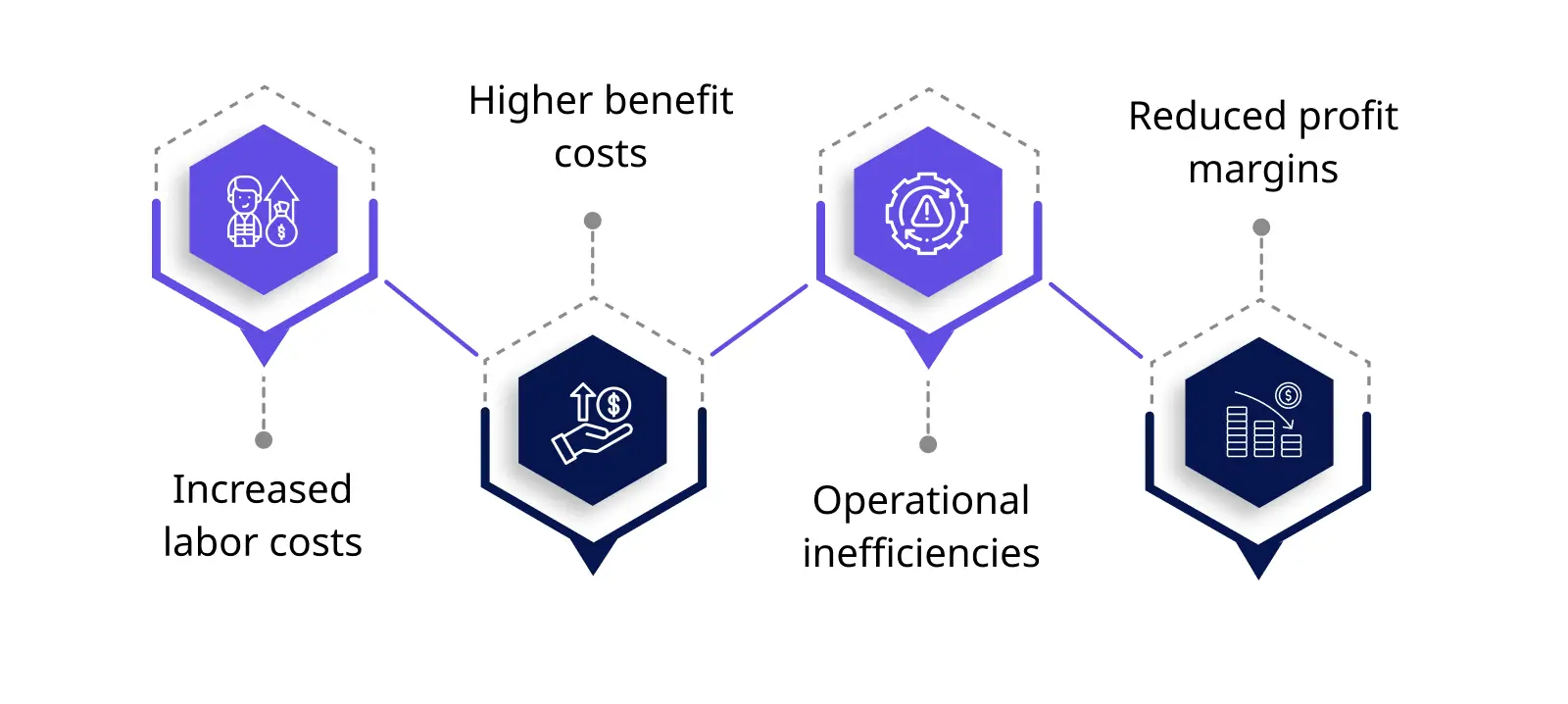
- Increased labor costs: The pay rate for overtime is generally higher than most regular pay rates, which increases the employer’s payroll costs.
- Higher benefit costs: Extra hours worked are usually accompanied by extra perks such as a boost in retirement plans, medical insurance, or more time off, which increases operational costs.
- Operational inefficiencies: As employees work longer hours, their efficiency decreases. Fatigue and lack of attention result in errors, delays, and rework, pushing operational costs further.
- Reduced profit margins: As overtime becomes the norm, the cost surge can translate into a direct cut in profit bearings, putting pressure on this business’s overall financial position.
How Overtime Impacts Business Outcomes?
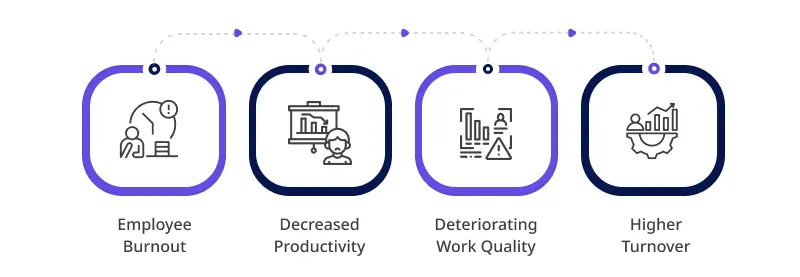
- Employee Burnout: Consistently working long hours leads to physical and emotional fatigue, making employees feel overworked and undervalued. This diminishes morale and engagement, ultimately affecting the overall work atmosphere and employee satisfaction.
- Decreased Productivity: As fatigue sets in, employees struggle to stay focused and energized. Even with extra hours worked, their productivity decreases, and tasks take longer to complete, leading to diminishing returns despite the increased time investment.
- Deteriorating Work Quality: Exhaustion affects the quality of work. As employees become more fatigued, the frequency of errors and omissions increases. This leads to more time spent on corrections and rework, negatively impacting business efficiency.
- Higher Turnover: Persistent overtime can significantly drive employees to seek opportunities elsewhere if their well-being is compromised. This results in higher turnover rates, costs, and disruptions in hiring and training new staff members.
While overtime may offer a convenient solution to increasing workloads, it also comes at a mental cost. This cost can adversely affect your business’s profitability, productivity, and employee satisfaction. Before fully understanding how to reduce overtime costs,let’s examine its common causes.
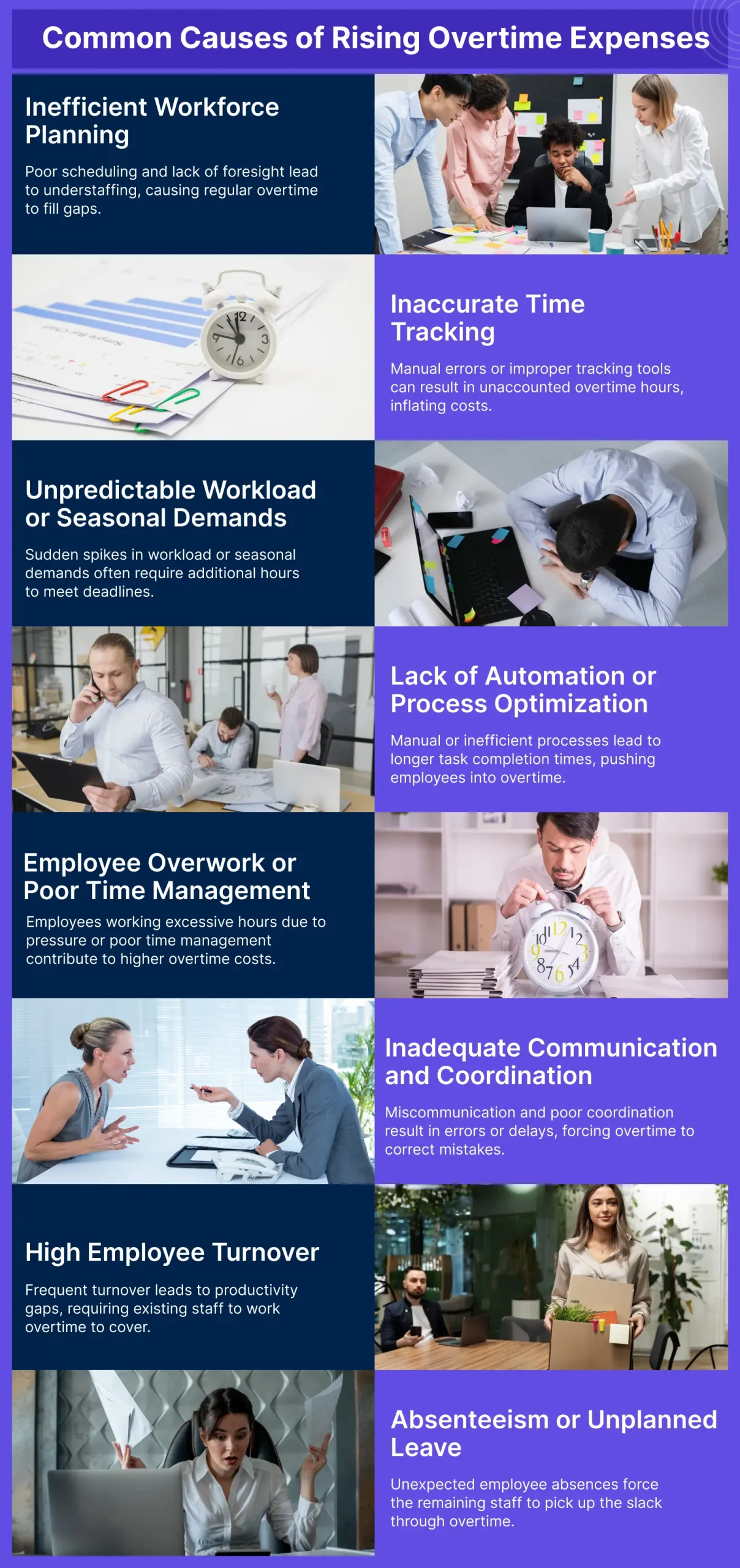
Tips for Reducing Overtime Costs & Boosting Profit
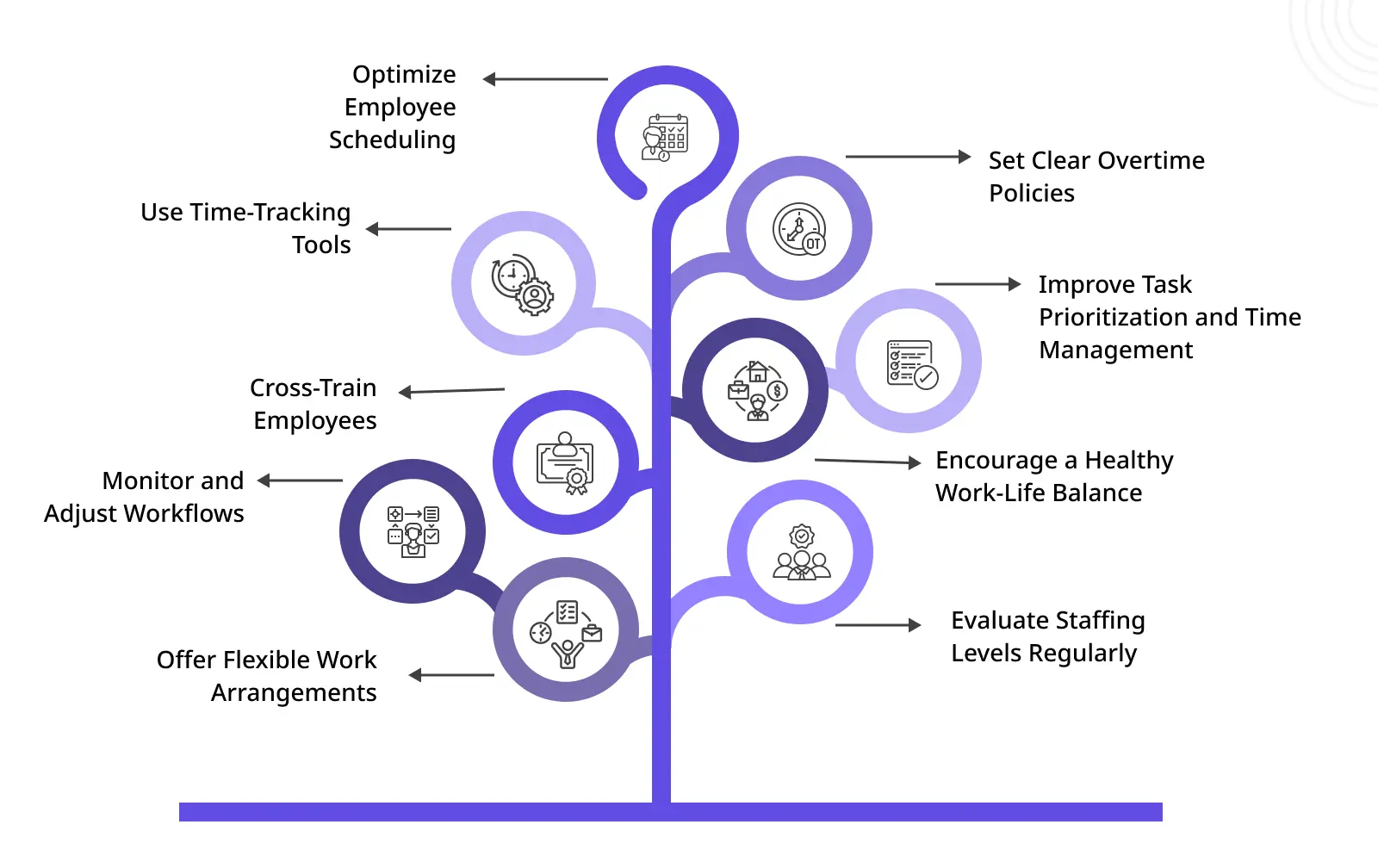 Here are the key overtime management tips to reduce costs and boost profit:
Here are the key overtime management tips to reduce costs and boost profit:
Optimize Employee Scheduling
Use workforce scheduling tools to prevent double shifts and schedule tasks in advance to avoid overtime.
Set Clear Overtime Policies
One of the useful cost-saving strategies is to Define when and how overtime is required and communicate policies to ensure understanding.
Use Time-Tracking Tools
Use correct time management tools, like Workstatus, to track hours in real-time and detect overtime early.
Improve Task Prioritization and Time Management
Help employees focus on priorities and maintain schedules to prevent unnecessary overtime.
Cross-Train Employees
Rotate employees in their jobs to allow for a different approach during busy times rather than paying members extra hours.
Mastering these overtime management tips is the key to cutting unnecessary expenses, increasing profits, and maintaining a motivated, high-performing team.
Encourage a Healthy Work-Life Balance
Encourage employees to take breaks if they get fatigued so that burnout can be avoided.
Monitor and Adjust Workflows
Regularly review processes and workflows for inefficiencies leading to extra work hours.
Evaluate Staffing Levels Regularly
Address persistent overtime by hiring more staff or revising operational plans.
Offer Flexible Work Arrangements
If circumstances allow, provide flexible hours or the choice of working at home to manage workloads without causing employees to stay late.
Manage Workstatus to Reduce Overtime Costs
When escalating overtime costs became a concern in a tech company, the management team recognized the need for a more efficient way to monitor and manage employee hours. Their existing system relied heavily on manual timekeeping, often leading to errors, miscalculations, and oversights.
That’s when they discovered Workstatus, the best workforce management software designed to reduce overtime costs through clarity, precision, and control.
Here is how Workstatus is used to reduce overtime costs:
Real-Time Time Tracking
![]() Workstatus makes it easier for the employees to record their working hours; they are real-time, and there is no more paperwork. This feature minimizes ambiguity and builds confidence since managers and employees working on record updates will be current.
Workstatus makes it easier for the employees to record their working hours; they are real-time, and there is no more paperwork. This feature minimizes ambiguity and builds confidence since managers and employees working on record updates will be current.
Automatic Overtime Calculation
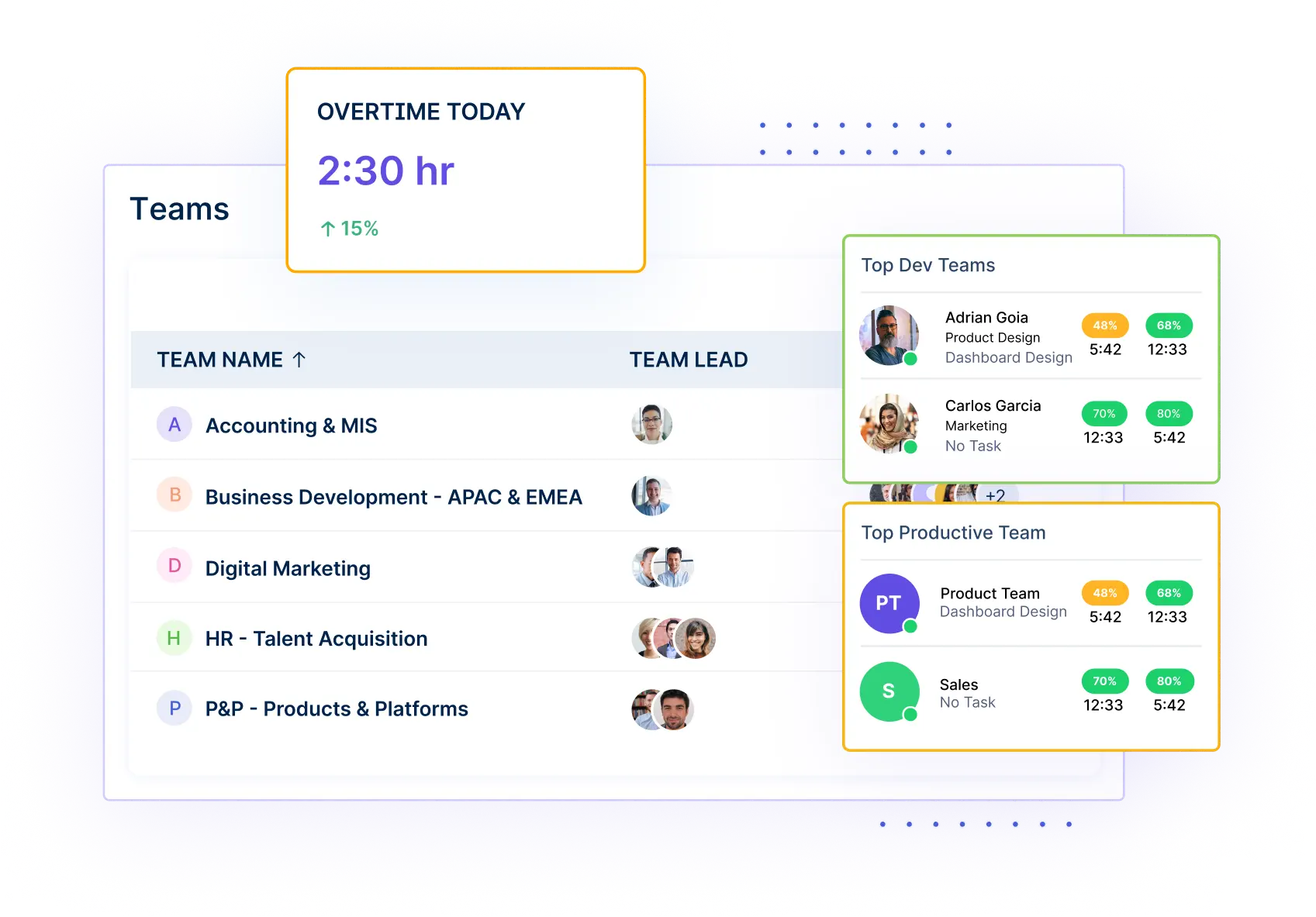 This tool automatically calculates overtime based on customizable rules, helping you adhere to your company’s labor rate policy. By catching excessive overtime, businesses can address excessive hours immediately and control costs, including labor cost reduction.
This tool automatically calculates overtime based on customizable rules, helping you adhere to your company’s labor rate policy. By catching excessive overtime, businesses can address excessive hours immediately and control costs, including labor cost reduction.
Employee Attendance Management
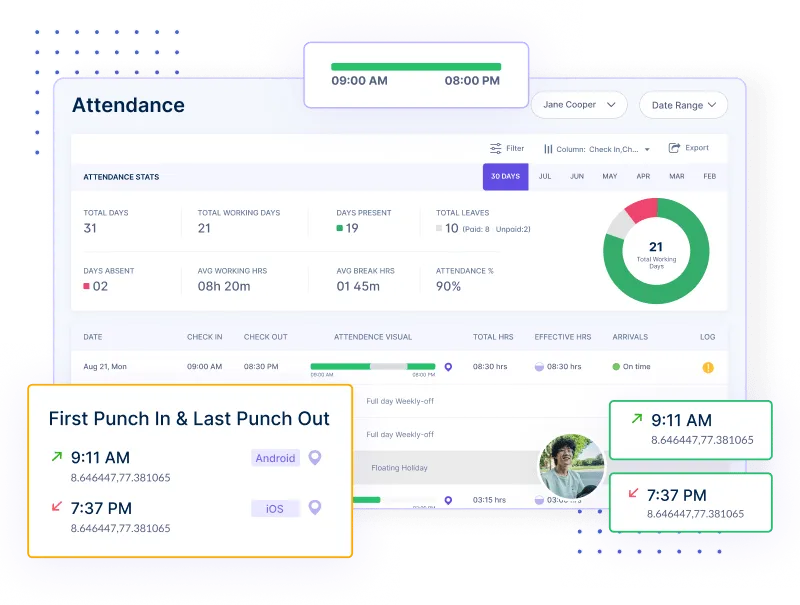 Workstatus offers an attendance management system where you clock in and out of breaks, attend meetings, and track absences to help managers have perfect schedules, cut absenteeism, and avoid unnecessary overtime.
Workstatus offers an attendance management system where you clock in and out of breaks, attend meetings, and track absences to help managers have perfect schedules, cut absenteeism, and avoid unnecessary overtime.
Detailed Timesheets
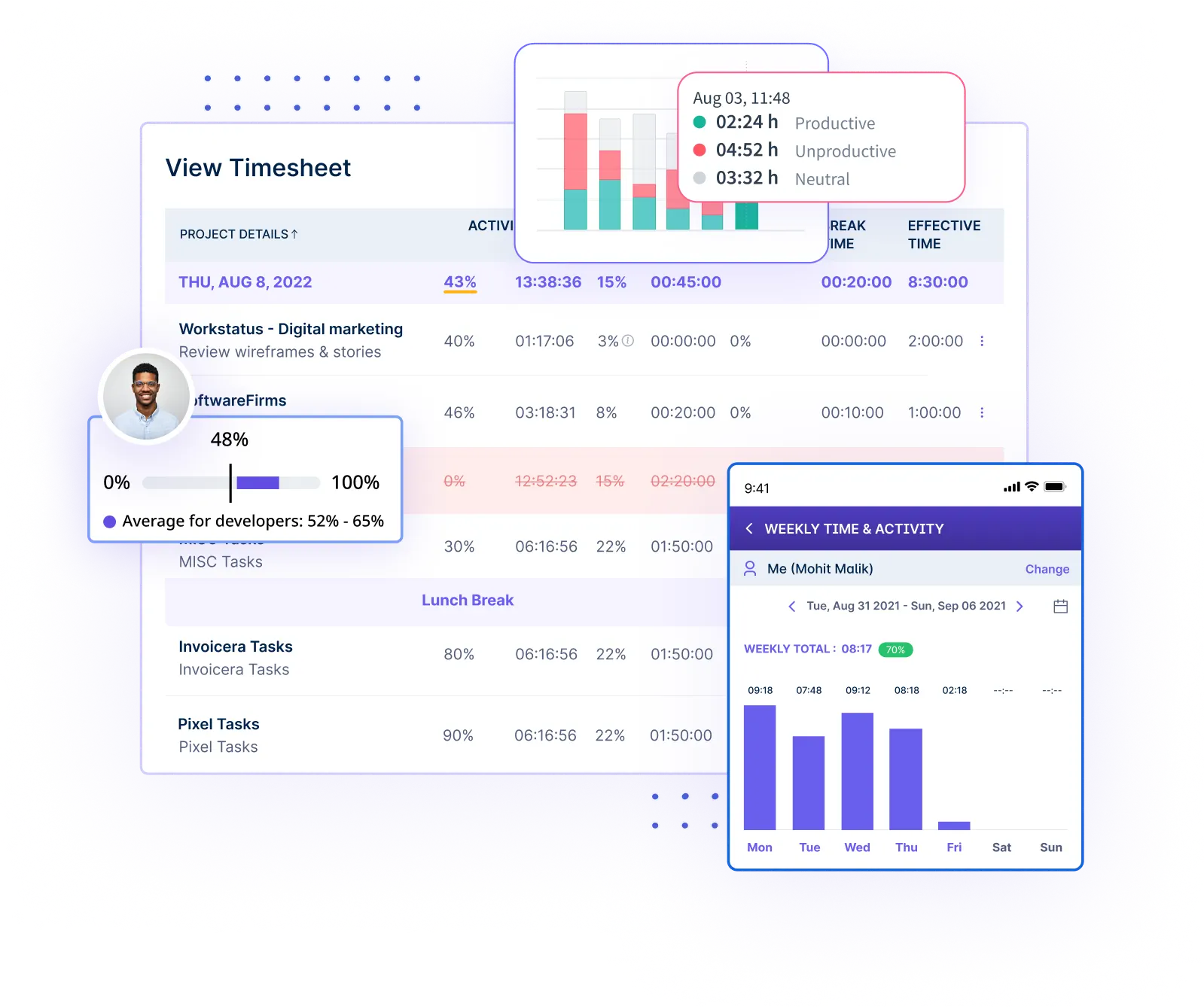 For Workstatus, businesses obtain personalized, simple, and transparent timesheets that show regular hours, overtime, and variation. These timesheets ease payroll methods, guaranteeing employees are paid accurately and enhancing efficiency simultaneously.
For Workstatus, businesses obtain personalized, simple, and transparent timesheets that show regular hours, overtime, and variation. These timesheets ease payroll methods, guaranteeing employees are paid accurately and enhancing efficiency simultaneously.
Customizable Alerts and Notifications
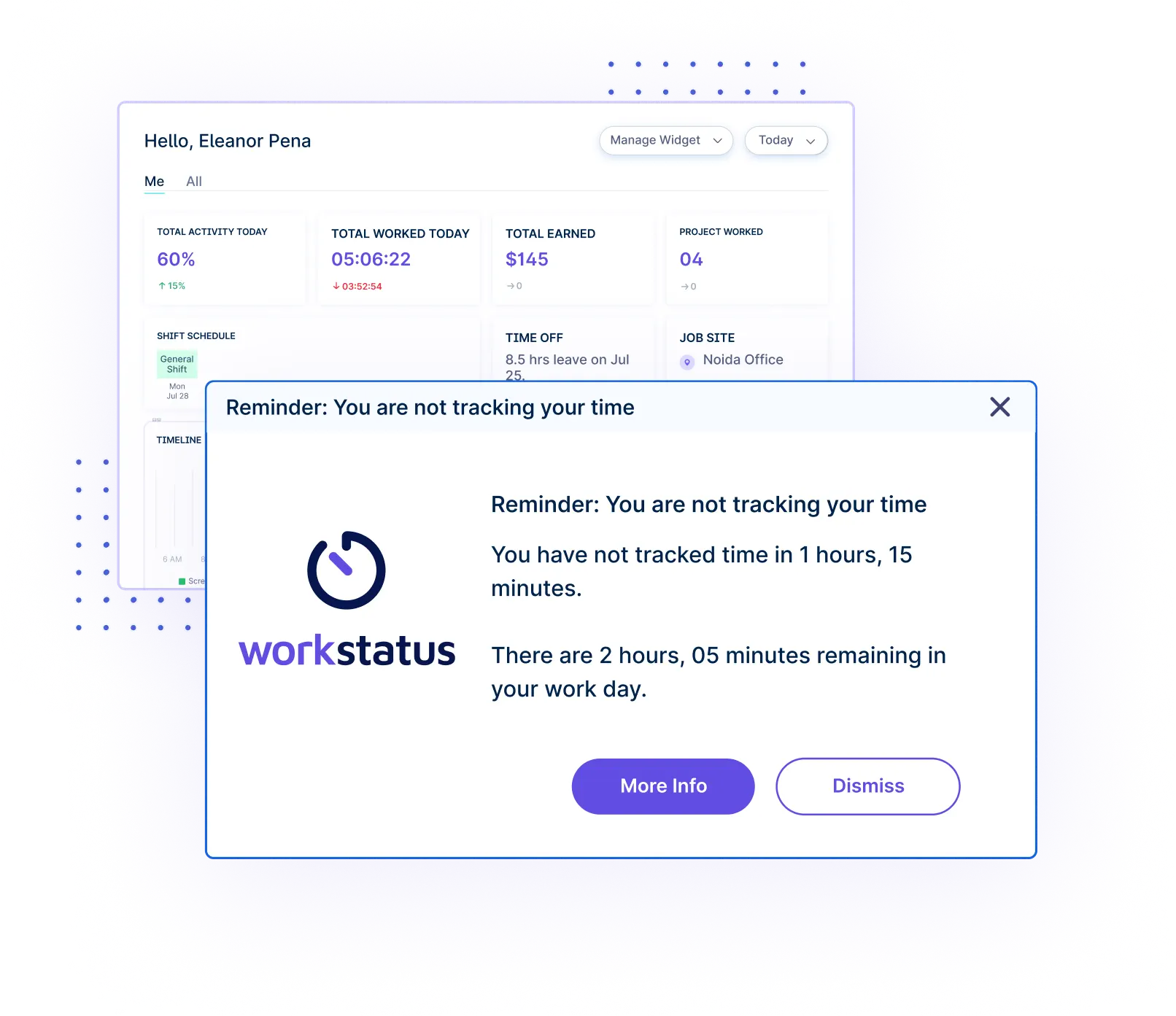 Workstatus alerts management when employees are close to working additional hours or schedules are not followed. This will allow managers to intervene before the problem worsens, controlling the overtime costs.
Workstatus alerts management when employees are close to working additional hours or schedules are not followed. This will allow managers to intervene before the problem worsens, controlling the overtime costs.
Reporting and Analytics
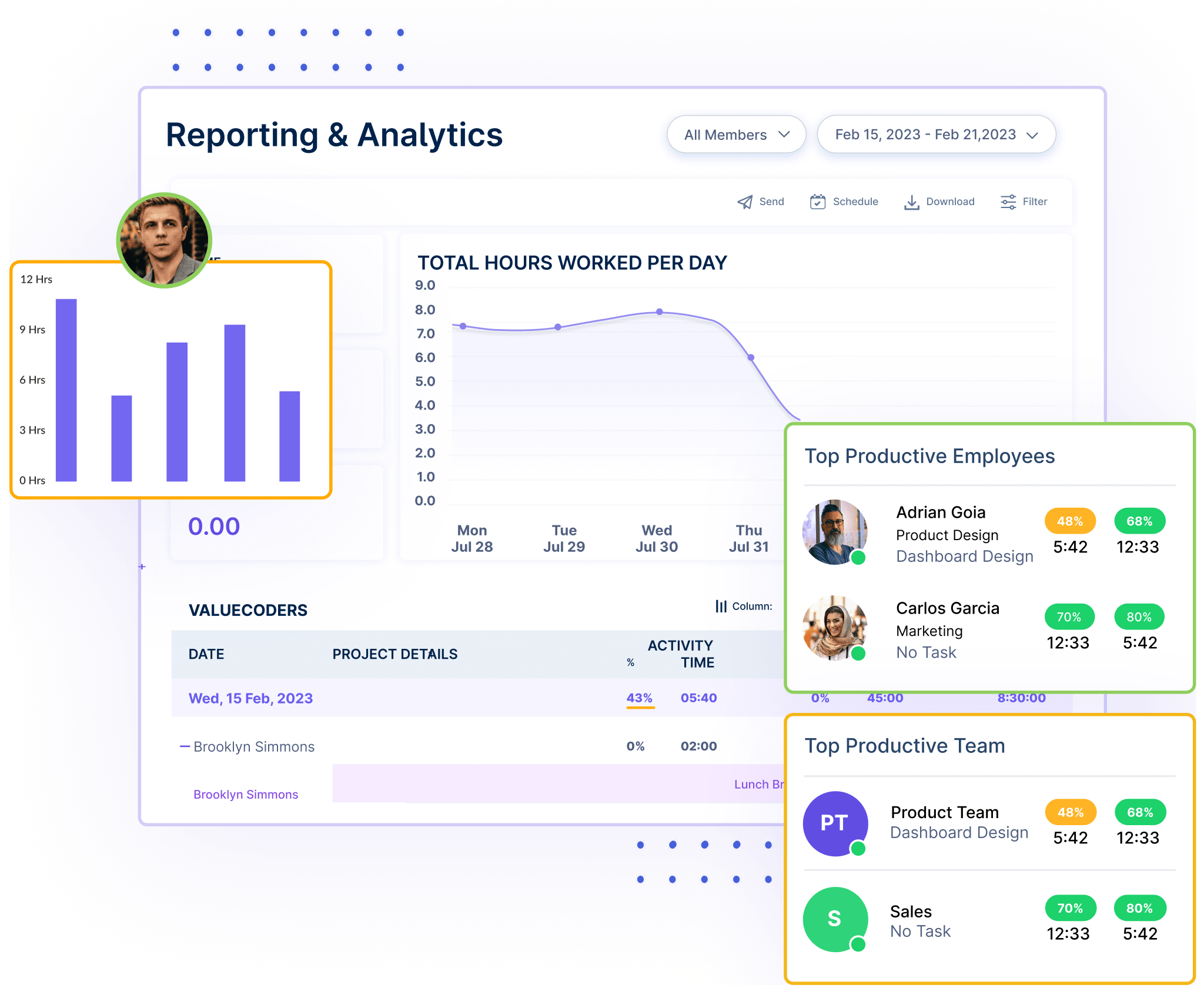 Workstatus offers detailed daily, weekly, and monthly reports and analyses of working hours, attendance, and overtime. This allows businesses to identify shortcomings, measure progress, and use data to help cut overtime costs and maximize productivity.
Workstatus offers detailed daily, weekly, and monthly reports and analyses of working hours, attendance, and overtime. This allows businesses to identify shortcomings, measure progress, and use data to help cut overtime costs and maximize productivity.
With Workstatus, businesses can streamline time tracking and attendance management, ensure operational efficiency, reduce overtime costs, and create a more productive workforce scheduling.
Key Metrics for Tracking Overtime Reduction
![]() Measuring the right metrics enables a business to identify overtime trends and devise ways of cutting costs. Here is how:
Measuring the right metrics enables a business to identify overtime trends and devise ways of cutting costs. Here is how:
Total Overtime Hours
Record the overtime hours worked over a week, month, or quarter. A general reduction in overtime hours indicates better overtime management in the future.
- Divide the overtime hours by the total working hours to establish the fraction of overtime in operations. This provides insight into overtime dependency.
Overtime Costs
Maintain the average working overtime hours based on the number of workers hired. This ensures that overtime is spread evenly and prevents overworking specific employees.
- Supervise overtime hours according to employee trends to prevent inefficiencies or overloading certain workers.
Overtime Hours Per Employee
Track the average overtime hours worked by each employee. This ensures fair distribution and avoids overburdening a small group of employees.
- Track overtime trends to identify persistent patterns, signaling inefficiency or workload imbalance.
Employee Productivity Rates
Compare productivity during standard working hours with productivity during overtime. Due to fatigue, employees may perform less effectively during extended hours.
- Analyze productivity per hour to determine whether employees maintain efficiency during overtime compared to regular hours.
Absenteeism and Turnover Rates
Track absenteeism and turnover alongside overtime statistics. Extended overtime can lead to burnout, increasing absenteeism, and employee turnover.
- Gather feedback from employees leaving due to burnout or excessive overtime to improve retention strategies.
Task Completion Times
Compare task completion times during regular hours versus overtime. A consistent reduction in time required indicates improved time management and workflow efficiency.
- Evaluate if overtime reduces task completion times or merely shifts the workload. If it doesn’t enhance efficiency, reconsider its use.
By efficiently tracking these metrics, organizations can identify areas for improvement and implement strategies to cut overtime while maximizing overall profitability.
Closing Thoughts
Managing overtime costs effectively combines smart scheduling, time tracking, and workload distribution.
Analyze the patterns for overtime and initiate targeted interventions that you could take from cross-training to better planning your project to reduce overtime costs while staying productive.
With Workstatus’s comprehensive time tracking and analytics features, you can easily monitor overtime trends and make data-driven decisions to optimize your workforce. That’s what makes it the best time & attendance management. The goal isn’t just cost reduction; it’s creating a balanced workplace where overtime is the exception, not the rule.
Thus, make those small changes in your workplace today, monitor them for a while, and readjust- if necessary- for sustainable results.
FAQs
Ques: How can businesses effectively reduce overtime costs?
Ans: By optimizing schedules, setting clear overtime policies, cross-training employees, and using tools like Workstatus for real-time tracking.
Ques: How does overtime affect employee productivity?
Ans: Prolonged overtime can lead to fatigue, lower morale, and reduced efficiency, impacting overall productivity.
Ques: Why is reducing overtime critical for business success?
Ans: It minimizes unnecessary labor costs, prevents employee burnout, and ensures efficient use of resources, boosting profitability.



